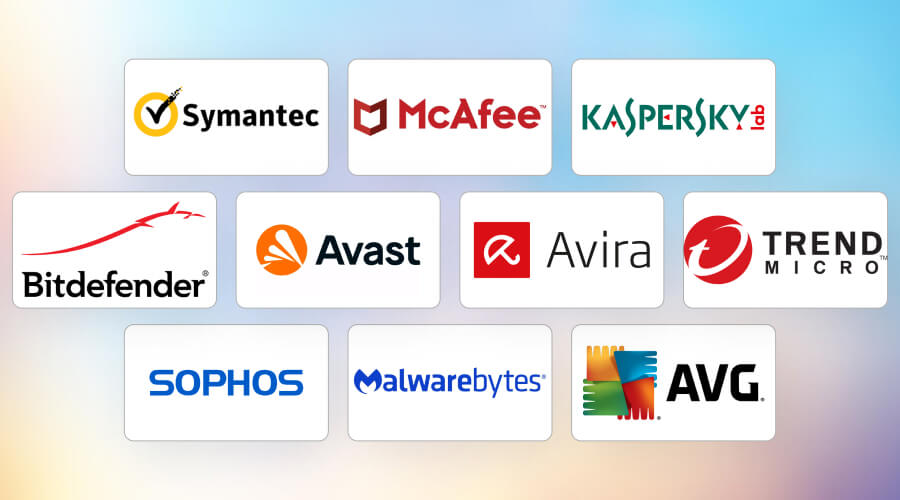When choosing a Virtual Private Network (VPN) , most users focus on speed, server locations, and price — but one of the most important yet often overlooked aspects is the VPN protocol used.
A VPN protocol determines how your data is encrypted and transmitted between your device and the internet. Each protocol offers different balances of speed , security , and compatibility .
In this article, we’ll explore:
- An overview of popular VPN protocols
- Pros and cons of each type
- Recommended use cases
- How to change your VPN protocol
Let’s dive in!
🧩 Overview of Common VPN Protocols
Here are the most widely used VPN protocols today:
Let’s take a closer look at each one.
🔒 1. PPTP (Point-to-Point Tunneling Protocol)
Overview:
One of the oldest and least secure protocols still in use today.
Pros:
- Very fast connection
- Easy to set up
- Built into many operating systems
Cons:
- Known security vulnerabilities
- Easily blocked by firewalls
- Not recommended for privacy-sensitive tasks
🔍 When to Use:
Only use PPTP if you’re streaming or browsing casually and security isn’t a priority — not suitable for sensitive tasks like banking or torrenting.
🔒 2. L2TP/IPsec (Layer 2 Tunneling Protocol with IPsec)
Overview:
An improvement over PPTP that uses IPsec encryption for better security.
Pros:
- More secure than PPTP
- Widely supported across devices
- Good for basic privacy needs
Cons:
- Slower than PPTP
- Can be blocked by firewalls
- No independent audit of security
🔍 When to Use:
Use L2TP/IPsec when you need decent security and compatibility across devices, but don’t require top-tier performance.
🔐 3. OpenVPN
Overview:
The most popular open-source VPN protocol , known for its flexibility and strong security.
Pros:
- Highly configurable
- AES-256 encryption available
- Works well through firewalls
- Independent audits confirm security
Cons:
- Requires third-party software
- Slightly slower than WireGuard
- Complex setup for beginners
🔍 When to Use:
OpenVPN is ideal for users who prioritize security over speed — especially for activities like torrenting , online banking , or bypassing censorship.
⚡ 4. WireGuard
Overview:
A modern, lightweight, and high-performance protocol gaining popularity as the new standard in the VPN industry .
Pros:
- Blazing-fast speeds
- Minimal codebase = fewer vulnerabilities
- Strong encryption (ChaCha20 & Curve25519)
- Excellent for mobile users
Cons:
- Still relatively new
- Limited provider adoption (though growing rapidly)
🔍 When to Use:
Use WireGuard when you want maximum speed without compromising security — perfect for streaming, gaming, or everyday browsing.
📱 5. IKEv2/IPsec (Internet Key Exchange v2)
Overview:
Developed by Cisco and Microsoft, IKEv2 is known for its stability and reconnection speed .
Pros:
- Excellent for mobile devices
- Automatically reconnects after network drops
- Strong encryption and authentication
Cons:
- Limited platform support compared to OpenVPN
- Proprietary nature may raise trust concerns
🔍 When to Use:
IKEv2/IPsec is best suited for mobile users who frequently switch between Wi-Fi and mobile networks (like travelers or remote workers).
🛑 6. SSTP (Secure Socket Tunneling Protocol)
Overview:
Developed by Microsoft, primarily used in Windows environments .
Pros:
- Hard to block due to HTTPS port usage
- Strong encryption and firewall bypass capabilities
Cons:
- Closed-source (no independent audits)
- Limited support outside of Windows
🔍 When to Use:
Use SSTP if you’re on Windows and looking for a secure alternative to OpenVPN — though it’s less common today.
🔄 How to Change Your VPN Protocol
Most premium VPNs allow you to choose or automatically select a protocol. Here’s how to do it manually:
On Desktop (Windows/macOS):
- Open your VPN client
- Go to Settings > Connection or Advanced Settings
- Look for Protocol Selection
- Choose from options like OpenVPN, WireGuard, IKEv2, etc.
On Mobile (iOS/Android):
- Open your VPN app
- Tap on Settings or Preferences
- Find the Protocol option
- Select your preferred protocol
⚠️ Some apps only allow protocol changes on desktop versions.
📋 Final Checklist: Which Protocol Should You Use?
🧭 Final Thoughts
Choosing the right VPN protocol can significantly impact your online experience — whether you’re streaming, downloading files, or simply browsing securely.
While WireGuard and OpenVPN are currently the best options for most users, your choice should depend on your specific needs : speed, security, or compatibility.
Always check which protocols your VPN service supports , and experiment to find the one that works best for you.



